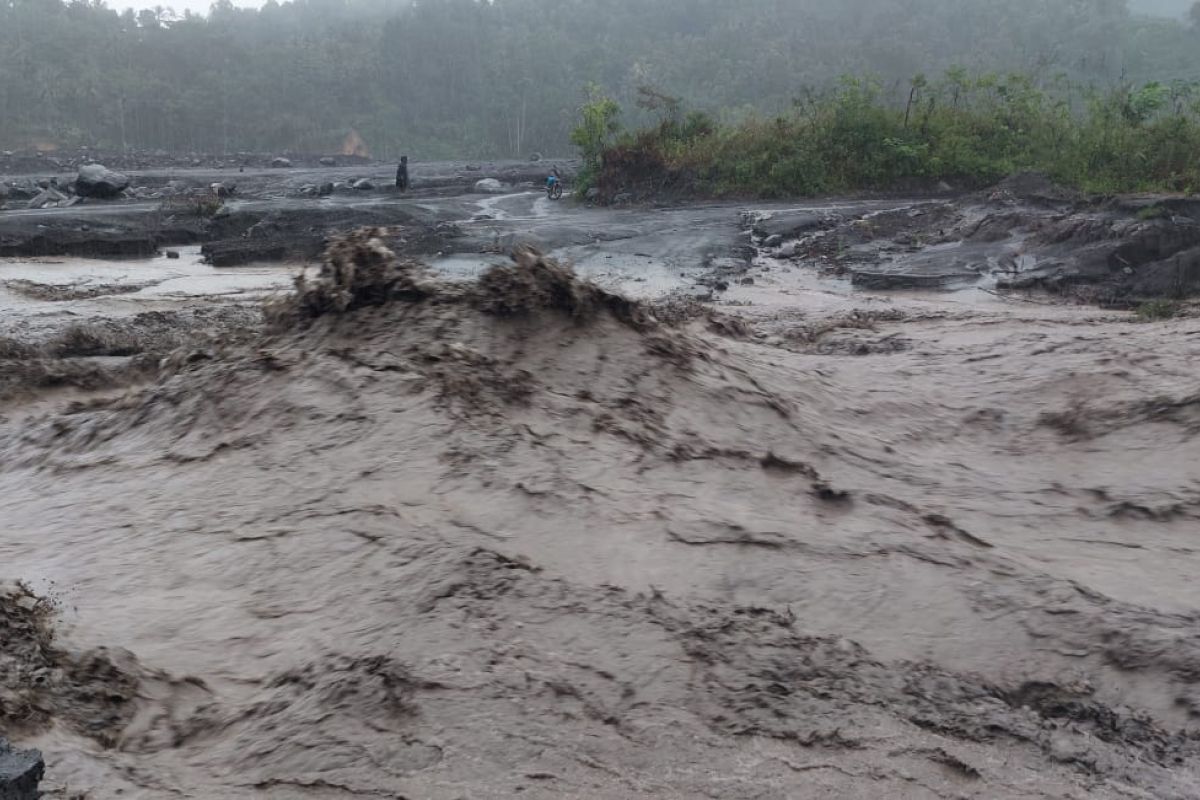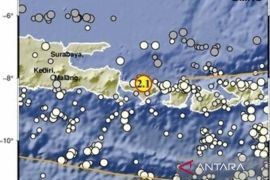Jakarta (ANTARA) - The Meteorology, Climatology, and Geophysics Agency (BMKG) reminded the community to beware of the potential for moderate- to-heavy-intensity rains at the start of this year's dry season.
"By observing the development of atmospheric dynamics, we predict the potential for moderate- to heavy-intensity rain can still occur. During this period, we must be aware of the potential for very high to extreme rain in central and eastern Indonesia," BMKG Deputy for Meteorology Guswanto noted in a press statement received here, Saturday.
Guswanto said his side forecasts rains in Sumatra's regions, such as North Sumatra, Riau, Riau Islands, West Sumatra, Jambi, Bengkulu, South Sumatra, Bangka Belitung Islands, and Lampung, on July 8-10, 2023.
During that period, rains can also occur in parts of Banten, Jakarta, West Java, Central Java, and East Java as well as parts of West Kalimantan, Central Kalimantan, South Kalimantan, East Kalimantan, and North Kalimantan, he remarked.
In eastern Indonesia, rains during this period are forecast to occur in parts of North Sulawesi, Gorontalo, Central Sulawesi, South Sulawesi, Southeast Sulawesi, Maluku, North Maluku, West Papua, and Papua.
Guswanto then drew attention to several atmospheric dynamics factors that caused rainfall to still occur at the start of the dry season. Some of the factors include the active Madden-Julian Oscillation (MJO) and Kelvin and Rossby equatorial waves that can increase the growth potential of rain clouds and indirectly increase rainfall.
Related news: Eight percent of Indonesian regions enter dry season: weather agency
He noted that the MJO and Kelvin waves move from west to east, from the Indian Ocean towards the Pacific Ocean, and pass through the Indonesian territory with an MJO movement cycle of around 30 to 40 days, whereas the Kelvin waves move on a relatively faster scale, namely on a daily basis.
Meanwhile, the Rossby waves move from east to west, from the Pacific Ocean towards the Indian Ocean, and pass through Indonesia.
Similar to the MJO and the Kelvin wave, Guswanto noted that the active Rossby wave in the Indonesian territory can contribute to an increase in the growth of rain clouds and indirectly have an impact on increasing rainfall.
"Therefore, the BMKG reminded the people to increase their vigilance and prepare mitigation efforts against the potential for heavy to very heavy rain in the surroundings," he stated.
The community can access the latest information regarding weather forecasts on the official BMKG information channels, such as the social media account @infobmkg, the official BMKG website, and the 196 BMKG call center service.
Related news: Riau: Artificial rain to be made to prevent peatland fires










